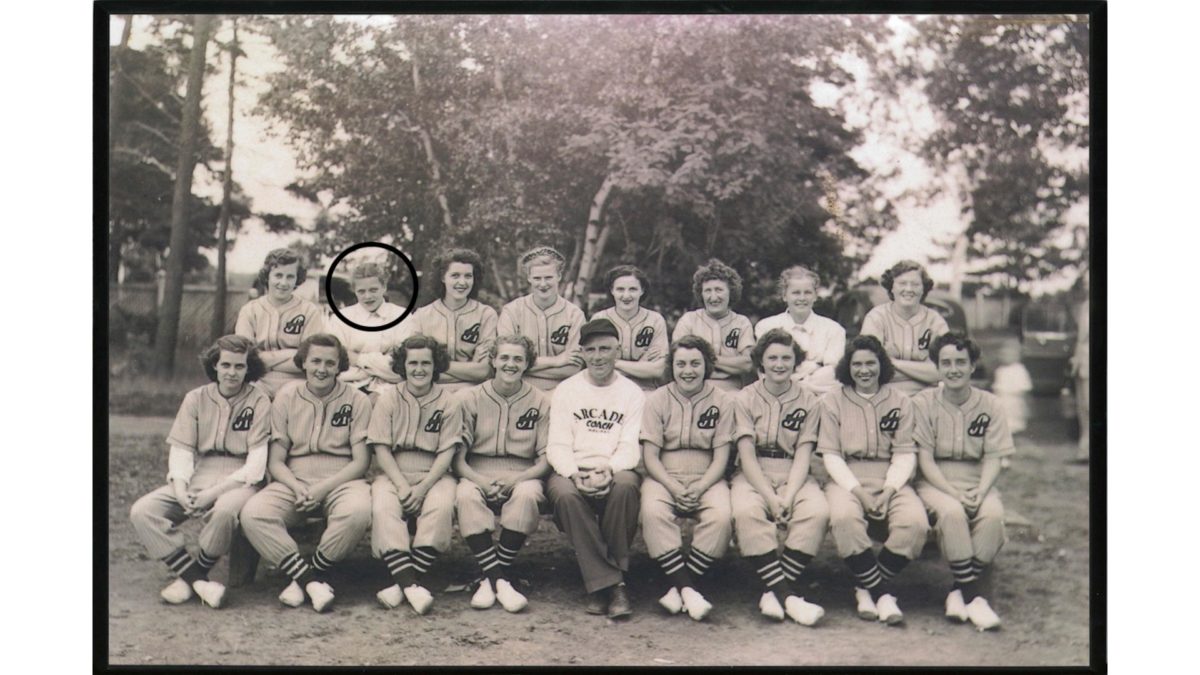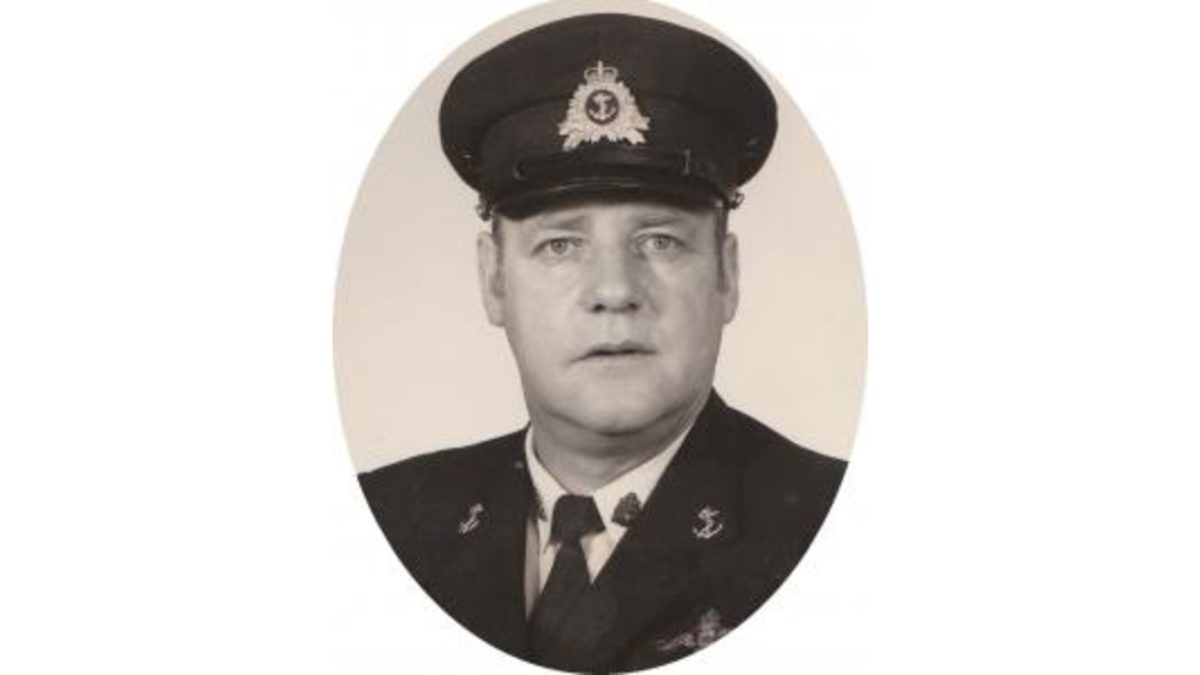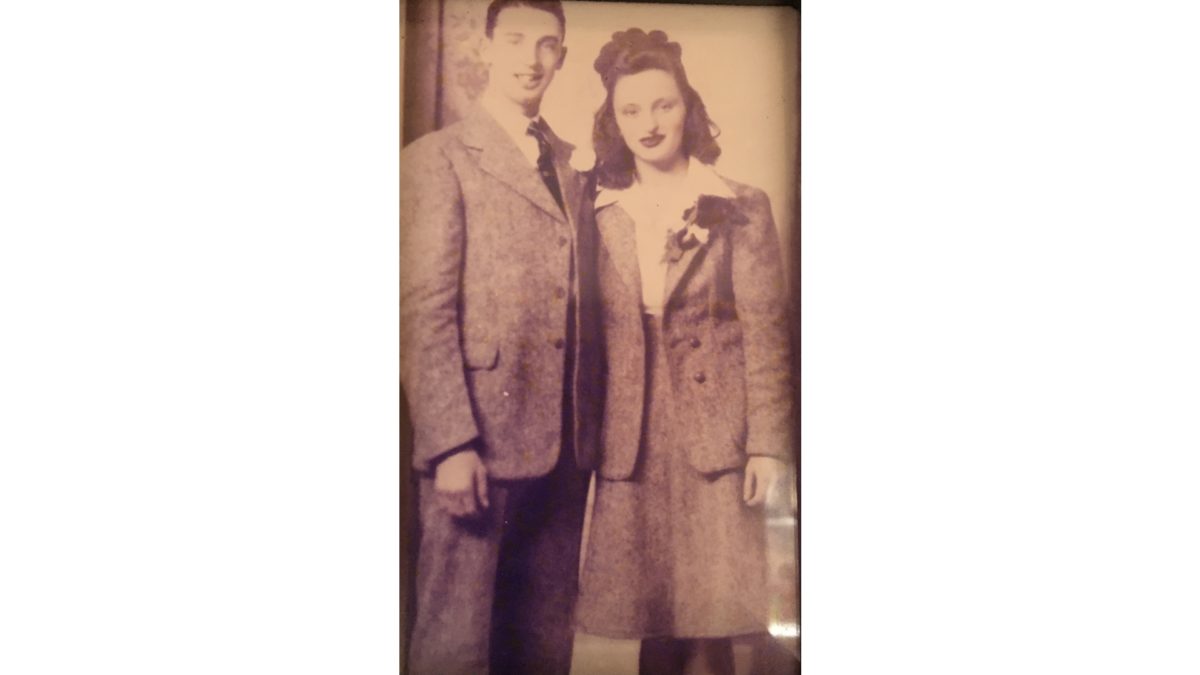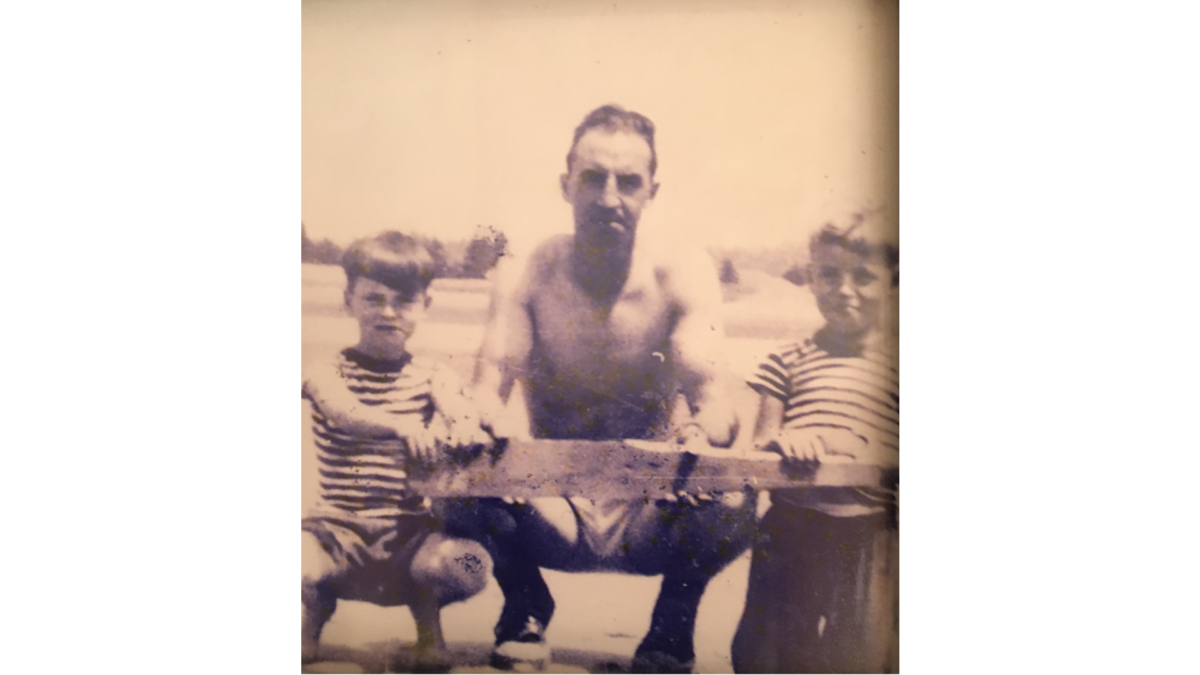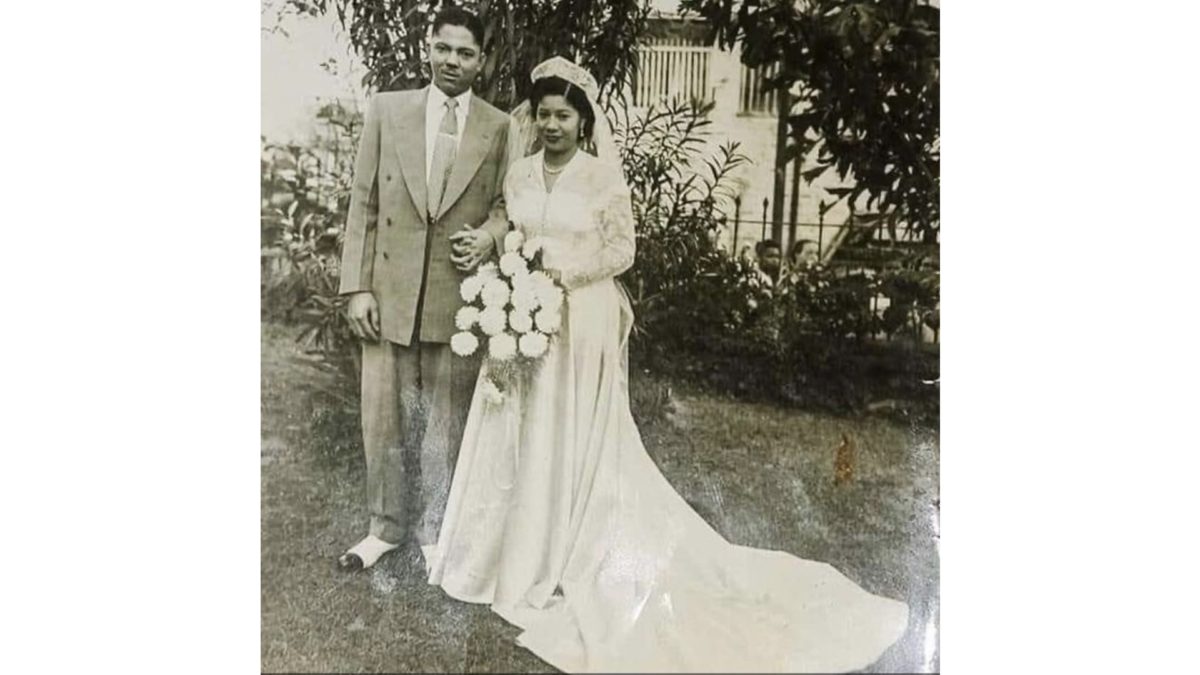“The wandering bands of storytelling Sapiens were the most important and most destructive force the animal kingdom had ever produced.” -Yuval Noah Harari.
Making a story for seniors is fun that brings people together and celebrates their lives. Hearing stories told by our parents and grandparents is just like collecting pearls: once you string them together, more surprises unfold. Then, you probably won’t wait to pass the delight to others, which is the beauty of storytelling.
What are senior stories, and why should we make one?
As the name suggests, senior stories could be a description of any major change or experience that a senior had in the past or something that encapsulates these experiences and summarizes their life into one story. It preserves memories and helps to define their personality. Here, we talk about a life story consisting of a set of events in a senior’s life.
There are many benefits of senior storytelling:
Promote understanding and empathy
Successful storytelling can elicit emotional responses from the audience and create empathy. One example is an Alzheimer’s disease awareness film called “Takeaway,” which was aired on TV.
The scene begins with an older adult looking at the door, waiting for his son to come home. However, when his son comes back, the older adult doesn’t seem to want to open the door.
“Dad, open the door for me! I didn’t bring the key!” the young man knocks on the door and says.
The older adult suddenly panics.
“I don’t know you!” He yells at the young man with fear, leaving his son completely shocked.
Then it follows with the narrative from the son.
The son says since his father’s memory began to worsen: “He always forgets where the fridge or the bathroom is. He doesn’t recognize his own house when he’s just in front of it. Sometimes he even doesn’t remember if he has had meals.”
The son takes his father out for lunch with his friends one day. When they were almost finished eating, the father saw two dumplings left on the plate. Then the older adult makes quickly grabs the dumplings with his hand and tucks them into his pockets, disregarding the other guests at the table.
“What are you doing, dad?!” the son, feeling embarrassed, grumbled to his father.
“These are for my son,” the father replies.
“I know he loves dumplings.”
The son is stunned by the father’s answer. Just as the name implies, the disease takes away most of the father’s memories and consciousness, but it doesn’t take away his love for his son.
This PSA was unquestionably a success. It won the “Film Lion” prize in the 60th Cannes Festival of Creativity and allowed many people to learn about Alzheimer’s for the first time.
Like the ads, a vivid story can touch the heart of the audience, making them understand and feel the hero or heroine in the story. So maybe next time, if you want your friends to understand why your loved one loves to collect “invaluable items” such as plastic bags or napkins, tell them the story of how they have been through a difficult time with material scarcity and believes collecting things will be useful in the future. This way, they will understand it and thus avoid some embarrassment of “missing toilet paper” in the washroom.
Help caregivers to deliver better care
Relationships are built upon “knowing” – without sufficiently knowing the person’s identity. It’s hard to have a connection with them. Another point of telling the story of our loved ones is to let the caregivers provide more effective assistance to the one you care for.
Here’s a real-life example that illustrates the idea:
A while ago, an older woman with cognitive impairment, living in a long-term care home, often got up in the middle of the night and walked down the hallways to check on sleeping residents. It was quite disturbing and creepy to both the residents and the staff, and it was hard to resolve since her behaviour seemed “unstoppable” to some degree.
But nothing is impossible to a willing heart. After countless times of trying to stop the behaviour, a caregiver decided to figure out the underlying reason. Starting from learning about her past experiences, the caregiver discovered that the woman was a night-shift nurse for over 30 years! It turned out that she was trying to “do her job”!
After that, everything has solved. Whenever the woman happened to repeat her nurse-on-duty behaviour again, the staff would tell her that her shift had ended and therefore could go back to sleep with relief.
What an amazing story! If the caregiver didn’t look into her past, they wouldn’t know how to help her to rest. Now you can use CareStory to store all your loved one’s experiences and access through a QR code. Quality care can happen in just one scan!
Strengthen family bonds
Although you and your parents and grandparents have lived together for years, it doesn’t mean you know them very well. When you hear stories about them from further back, you are drawn to your family even closer.
You may be surprised when you find out your strong grandfather also has a weak side inside of him, and your seemingly ordinary mother has done something spectacular in the past. Strong emotions are created when we share these experiences and memories as we feel we are more pulled towards them, which is how relationships are strengthened.
Promote well-being
While happy memories evoke warm feelings, which is good for mental health, sharing stories of enduring horrible crises or tragedies can also be beneficial.
These can reveal how the family member dealt with it and overcame the difficult time when handled correctly. These stories can be precious life lessons that teach you how to be strong throughout life. In addition, telling these stories also helps the senior to release stress when you are “experiencing” these memories together with them (research from Advances in Psychiatric Treatment). Re-experiencing these memories encourage the whole family to face the uncertainty of the future, which can further build resilience and confidence in both seniors and their families.
Not only does storytelling have a beneficial psychological influence, but it also has a positive physiological impact. According to research published by the Proceedings of the National Academy of Sciences of the United States of America in 2021, they have discovered that storytelling boosts oxytocin levels while lowering cortisol levels (a hormone generated in reaction to stress). Oxytocin is a hormone associated with human bonding and enhances feelings of love and empathy.
Although stories capture feelings and tighten bonds, techniques are still needed when gathering them and putting them into words. Here are some tips for creating and adding dimensions to your senior stories.
Tips of effective family storytelling:
1. Choose a central idea
A great story usually embodies a central message, even a life story. When crafting a senior story, you should have a clear idea of what you’re building toward. Consider who your audience would be. Are they the caregivers or your family friends? What is your purpose for creating this senior story? What tone do you use to interpret the person’s life events accurately? Think about these questions before choosing the type of stories to tell. Be clear on the “core” that you base your narrative on, and always stick to it.
2. Make a timeline for their major events
Ask the seniors about important moments they remember. You can write them down or record them through audio. After collecting these stories, highlight the ones that seem worthy to include and align with the story’s central idea. This process may take a lot of time and effort, but it is fundamental to building a coherent story. See our blog on “How to communicate with seniors” to make the process easier.
3. Be specific on what shapes your loved one’s identity
If your loved one is a fun person, focus on the funny moments that happened in their life; if the senior is a loving person, you can put more attention on describing the heartwarming senior stories that you could remember about them. It is okay to add some conflict to the story, but building a consistent identity is vital for the audience to empathize with the senior.
4. Gather memories from other family members
There are always some details we miss from the first-person perspective. Try to ask other family members about the important memories that they share with the seniors and get them involved in the process. It will add more “flesh” to the structure of your story.
5. Explore old photos and gadgets
Some seniors love to collect things such as photos or ornaments. They believe these little things hold their memories and have sentimental attachments to them. Try asking the senior the story behind these “collections.” It helps them bring back more memories and feel more engaged in the storytelling process.
Collecting stories can be the most taxing and rewarding process of generating senior stories. Here, CareStory has provided you with some sample questions you can ask your loved one to sparkle a story.
List of questions to ask a senior to inspire a story:
Childhood
-
What was the occupation of your parents?
-
What’s one lesson your parents taught you?
-
What’re one or two stories that you remember the most clearly about your childhood?
-
What was your favourite time of day when you were a kid? Why?
-
What did you want to be when you grew up?
Adulthood
-
Describe your most important friendship.
-
What was your first job? How did you get it?
-
Do you have a significant other? How did you meet them?
-
What do you recall about your first date with your significant other?
-
What’s your greatest accomplishment in your life?
-
What were the most fulfilling times of your life?
-
Were there any difficult times you’d like to share?
-
Where there any moments you recall as a turning point of your life?
-
What are you most grateful for in your life?
-
What’s the most significant thing you’ve done to help others?
Interests
-
What’s your favourite holiday memory?
-
What’s your favourite city/country? Why?
-
What’s your favourite food?
-
What is the most amazing piece of technology to you?
-
What have you been doing for fun lately?
Other
-
If you could have one superpower, what do you wish it would be? Why?
-
What’s on your bucket list?
-
What are your goals for the next few years?
-
If you could have dinner with one person from past or present, who would it be? Why?
-
What would you say if you could talk to yourself 20/30/40 years ago?
-
If you could go back in time, what time would it be? Why?
At the end
Creating senior stories is not an easy process, yet it has many benefits to it. For the seniors who cannot create their own stories, the help from their families can bridge the gaps and encourage them to share these treasures. Many tools can help you build and share your stories, and CareStory is one of them. We are committed to letting every elder be heard. Feel free to check it out.
References:
https://blog.aarp.org/parenting-part-2/here-is-why-you-should-share-family-stories


